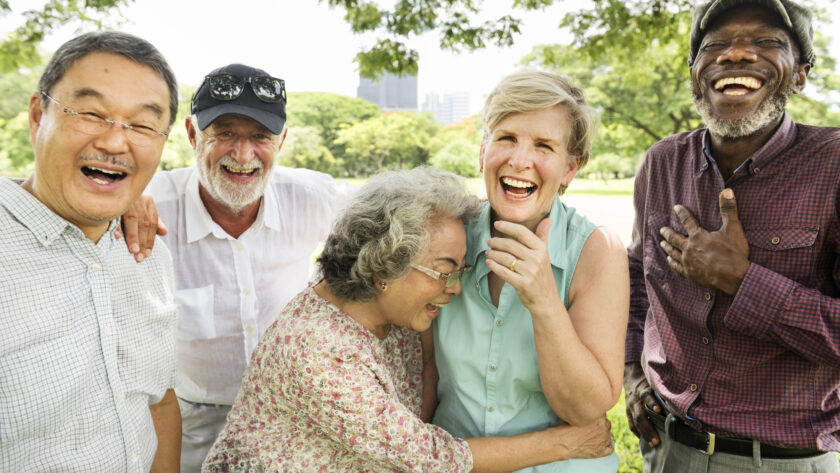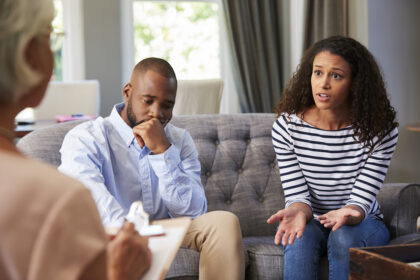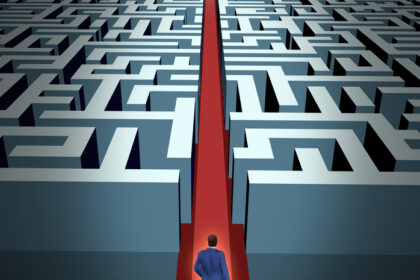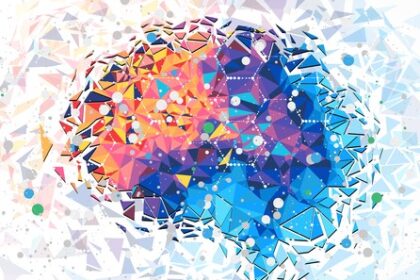Prosocial Behavior In Men and Women
Prosocial behavior is a phenomenon almost everybody probably experiences at least once in their adolescence, whether firsthand or through observance. One might suggest the likelihood of an adolescent being personally responsible for prosocial behavior has a lot do with social variables. In fact, social learning could be the most powerful constituent in the production of adolescent prosocial behavior. This is arguably due to selfish motive remaining a more powerful and easier motivation than selfless motive. This is also reasonable considering being new to the world, adolescents will be learning how to look after themselves, look out for themselves, and create things which help themselves get ahead. In fact, the notion that an adolescent could consider another human being ahead of themself at that age could be considered truly phenomenal in itself.
One of the most common examples of prosocial behavior in popular culture is an adolescent helping an elderly person across the street. Another might be a food market bagger helping an elderly person to their car. From firsthand experience, I have seen and partaken in both of these activities. I have also assisted handicapped individuals up hills, through doors, and in and out of vehicles. I have embarrassed myself many times in order to take the heat off of another individual who may have been embarrassed themselves (e.g. slip in a puddle just like someone else did to normalize the situation). I can remember asking girls to dance at elementary and middle school dances, simply because I wanted them to have someone to dance with. There are numerous examples of prosocial behavior in my own life and in the lives of many of my adolescent role models growing up (the people I looked up to and respected). This personal connection pays credence to the suggestion social learning plays a large part in the development and replication of prosocial behavior.
Since males and females experience biological development differences, it would make logical sense that their behaviors would vary. It does appear that there are gender differences in the display of prosocial behavior (Li et al., 2021). Part of this disparity is due to a difference in emotional regulation between genders (2021). It also seems that attempted treatment plans to reinforce prosocial behavior in adolescents vary between the two genders. Treatment studies investigating the potential to improve or reinforce prosocial behavior prove women are more susceptible to social framing (Espinosa and Kovářík, 2015). This same study revealed the potential declination of prosocial behavior experienced by male adolescents in some situations (2015).
For the reader one might suggest considering how the most profound influence in your life may have contributed to your inclination or inhibition to produce prosocial behavior. In other words: how has your biggest role model during the adolescent stage of your life contributed to your likelihood to exhibit prosocial behavior today?
References
Espinosa, M. P., & Kovářík, J. (2015). Prosocial behavior and gender. Frontiers in Behavioral Neuroscience, http://dx.doi.org.ezproxy.liberty.edu/10.3389/fnbeh.2015.00088 Li, J., Yao, M. & Liu, H. (2021). From Social Support to Adolescents’ Subjective Well-Being: the Mediating Role of Emotion Regulation and Prosocial Behavior and Gender Difference. Child Ind Res. Vol. 14. Pp. 77–93. DOI: https://doi-org.ezproxy.liberty.edu/10.1007/s12187-020-09755-3




